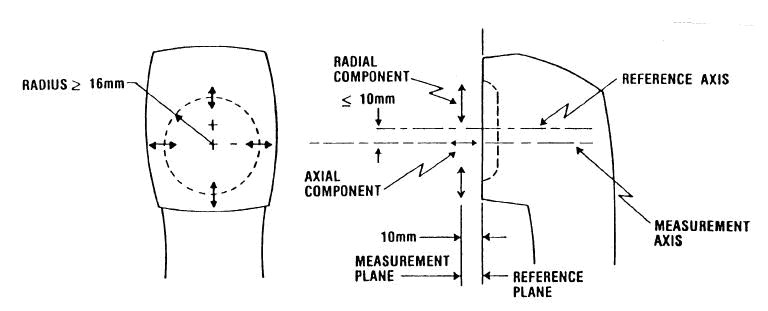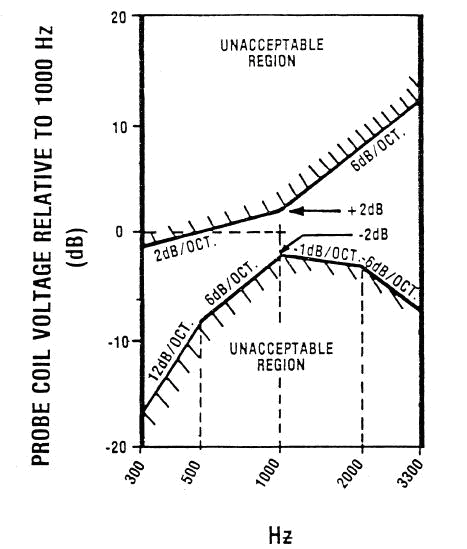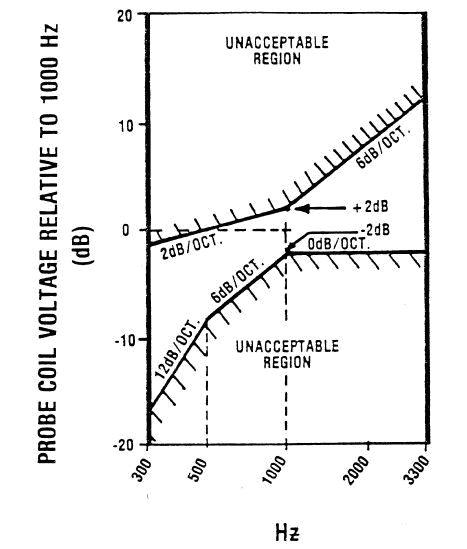
- Noise & Vibration Test
- Microsoft Teams Certification
- Zoom Certification
- Google Meet Certification
- Amazon Alexa Certification
- Google Assistant Test
- Microsoft Cortana Test
- Electro-acoustic Device Performance Test
- EN 50332 Maximum Sound Pressure Test
- MOS-LQO
- Architecture & Room Acoustics
- USI Stylus Certification
HAC FCC part 68.316 Test Service
Hearing aid compatibility: Technical requirements
Federal Communications Commission – Magnetic Field Intensity Criteria for Telephone Compatibility With Hearing Aids
Hearing-aid users have used magnetic coupling to enable them to participate in telephone communications. A hearing aid is a personal electronic amplifying device, intended to increase the loudness of sound and compensate for impaired hearing. When equipped with an optional inductive pick-up coil (commonly called a telecoil), a hearing aid can be used to amplify magnetic fields such as those from telephone receivers or induction-loop systems. Magnetic pick-ups in hearing-aids have provided for coupling to many, but not all, types of telephone handsets. A major reason for incompatibility has been the lack of handset magnetic field intensity requirements. It is anticipated that there will be an increase in the number of new handset designs in the future.
A standard definition of the magnetic field intensity emanating from telephone handsets intended to provide hearing-aid coupling is needed so that hearing-aid manufacturers can design their product to use this field, which will be guaranteed in handsets which comply with this standard. However, due to the wide range of customer apparatus and loop plant and dependent on the environment in which and dependent on the environment in which the telephone and hearing aid are used, conformance with this standard does not guarantee acceptable performance or interface compatibility under all possible operating conditions.
The measured magnetic field intensity will be approximately 15 dB above the average level encountered in the field and the measured high-end frequency response will be greater than that encountered in the field. Three parameters – intensity, direction, and frequency response, descriptive of the magnetic field at points in the measurement plane shall be used to ascertain adequacy for magnetic coupling. The technical requirements for these 3 parameters are as following:
1. Axial Field Intensity – the axial component of the magnetic field directed along the measurement axis and located at the measurement plane, shall be greater than -22 dB relative to
2. Radial Field Intensity – the radial components of the magnetic field as measured at 4 points 90° apart, and at a distance ≧
3. Induced Voltage Frequency Response – The frequency response of the voltage induced in the probe coil by the axial component of the magnetic field shall fall within the acceptable region (see Fig 2), over 300 to 3300 Hz.

Fig.1 Reference and Measurement Planes and Axes


Fig.2 Induced voltage frequency response for receivers with an axial field
that exceeds -19 dB (left) and -22 dB (right)
HAC FCC part 68.317 Test Service
Hearing aid compatibility volume control: Technical requirements
Regardless of analog telephone or digital telephone, it complies with the Commission’s volume control requirements if the telephone is equipped with a receive volume control that provides, through the receiver in the handset or headset of the telephone, 12 dB of gain minimum and up to 18 dB of gain maximum in terms of ROLR (Receive Objective Loudness Rating) over the frequency range from 300 to 3300 Hz.
The ROLR for either an analog or digital telephone shall first be determined with the receive volume control at its normal unamplified level. Since ROLR is a loudness rating value expressed in dB of loss, more positive values of ROLR represent lower receive levels. Therefore, the ROLR value determined for the maximum volume control setting should be subtracted from that determined for the nominal volume control setting to determine compliance with the gain requirement.
What PAL can provide?
PAL has been certificated as 3rd party of Dell for IT production noise validation, Microsoft for audio/video qualification and Skype for audio/video certification. In recent years, PAL has invested many works in establishing Telecom test capability. We own qualified audio test environment and precision facilities and provide professional services that conformed to FCC standards. Another, the engineers are full of acoustic expertise. PAL also can provide consultant service for trouble-shooting.
If you need more detail information, please contact with PAL’s sales representative, Grace Wung
E-mail: grace_wung@pal-acoustics.com
Phone: 886-2-26272515 ext 113
